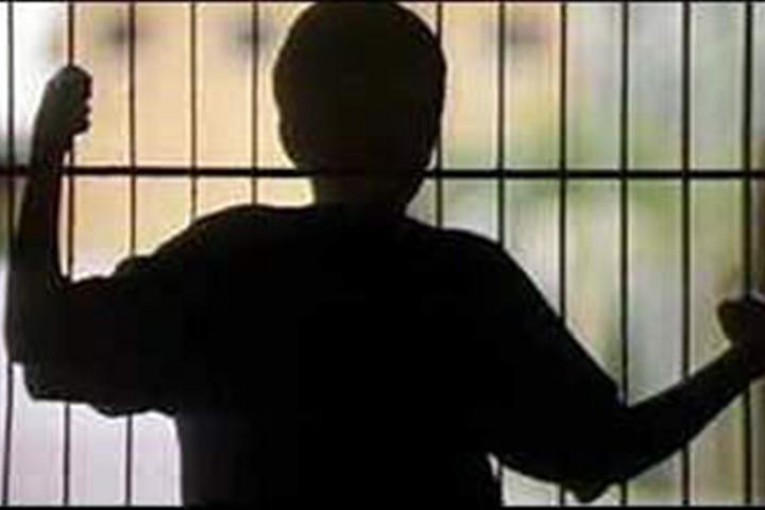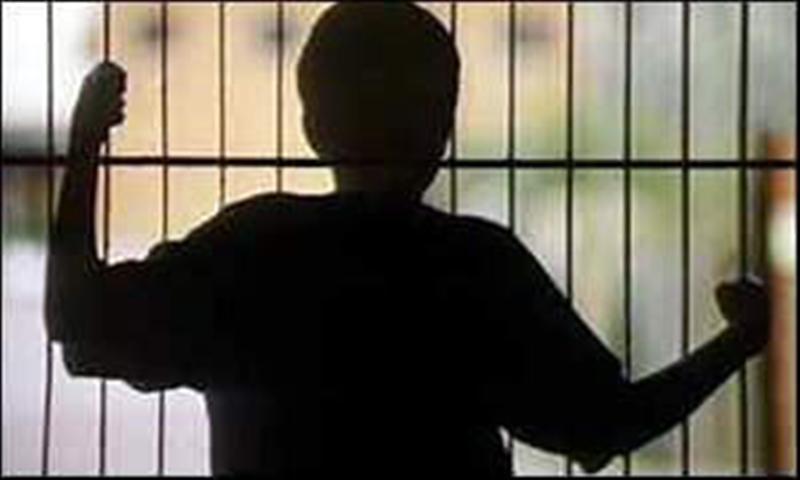
 By Joshua Cenzano
By Joshua Cenzano
WASHINGTON, DC – According to a report by The Sentencing Project, the number of youths charged, tried and imprisoned as adults in the U.S. has dropped significantly in recent years, from 250,000 in 2000 to 53,000 in 2019.
Legislative reform throughout most states has worked to diminish the possibility of prosecuting minors as adults in the interest of rehabilitations, the report notes.
A growing body of research has indicated that incarceration during adolescence is particularly harmful, not only to the minor but also to the penal system as a whole, according to the report.
Studies have shown that children held in adult facilities are more prone to suicide and recidivism, as well as more likely to be targets of sexual abuse from adults, according to the 2009 National Prison Rape Elimination Commission Report. 
The American Civil Liberties Union also reports that minors are consequently also significantly more likely to be placed in solitary confinement in the name of their own protection, during which mental health issues may form or be exacerbated.
While research has shown that placing children in adult prisons is harmful for all juveniles in general, additional research has also illustrated the racial disparity and bias present within penal procedures.
According to data from the United States Office of Juvenile Justice and Delinquency Prevention, Black youth comprised 63 percent of the incarcerated youth population while only comprising 15 percent of the general youth population.
Statistics show that over the last couple decades, the percentage of Black children transferred to adult court rose from 39.1 percent to 51.7 percent, while the percentage of White children over the same years fell from 45.2 percent to 32.2 percent.
In 2016, the same data indicate that, when compared to White youths, in ascending order of likelihood, Latino, Native American, and Black children were all more likely to be prosecuted or sentenced as adults.
The Sentencing Project notes that prosecution of minors in adult courts has not held a long historical tradition; only since the 1990s has public policy reflected a strong supposedly egalitarian desire to prosecute all people for the same crimes and same sentences, affording a lesser regard to age.
In an article arguing for the reduction or elimination of children in adult prisons, the project notes “it wasn’t until the mid-1990s that the narrative and hysteria created by the media and political actors about an alleged ‘superpredator’ youth who ‘did the crime should do the time’ cemented itself in public policy.”
While this threat did not ultimately manifest itself according to a report published by the U.S. Surgeon General in 2001, the effects of the hysteria were clear: policies that were more punitive toward youths (especially Black youths as research has shown) became common and popular among legislators and the public in the years after the turn of the century.
This myriad of research has recently carried both judicial and legislative repercussions.
The Supreme Court, in a series of cases, most notably Roper v. Simmons (2009), has viewed certain treatment of minors within the penal system as a violation of their Eighth Amendment protection from cruel and unusual punishment and afforded various protections to juveniles in criminal court.
Under this jurisprudence, the Court has ruled it unconstitutional to sentence juveniles to death and has tempered the procedure for handing down lengthy sentences to offenders under 18.
The strongest reforms, however, appear to have had legislative origins. Organizations such as the Campaign for Youth Justice have moved to reduce the ease of transferring underage defendants into adult criminal proceedings.
States have also felt public pressure to raise the minimum age of criminal responsibility; in 2020 the group proudly announced on its website that only three states considered 17-year-olds fully criminally liable for all offenses by that point, according to critics of juvenile policies of the past.
In an article in The Imprint by John Kelly, 46 states now consider 18 the minimum age of full criminal liability, and this increase has brought a 77 percent drop in the amount of juveniles charged as adults throughout the nation.
It has also become increasingly harder in most states for both judges and prosecutors to transfer juveniles into adult court under recent legislation. These changes have brought on an appreciable decrease in juvenile arrests requiring automatic transfer to adult court, as a publication by Ziedenberg Kittredge illustrates.
In response to a growing research campaign illustrating the harmful effects of sentencing children to adult prisons, both judges and legislators have worked to substantially decrease the underage makeup of American prisons, said the Sentencing Project
The report shows that while these reforms still ongoing, there has been a noticeable drop in incarcerated youths and suggests it is evident that the ostensibly fair mindset of the 1990s has begun fading away from public opinion.






